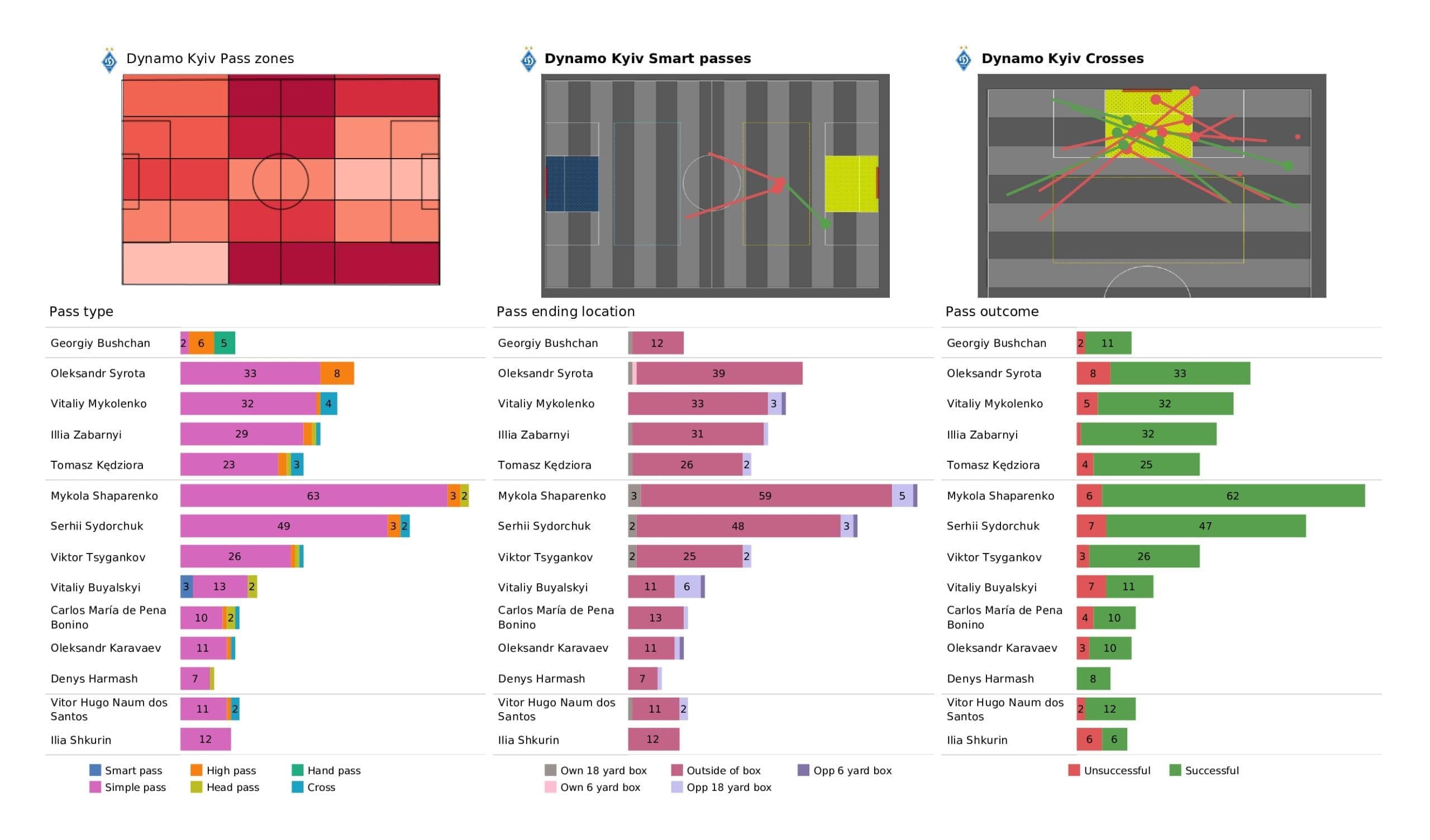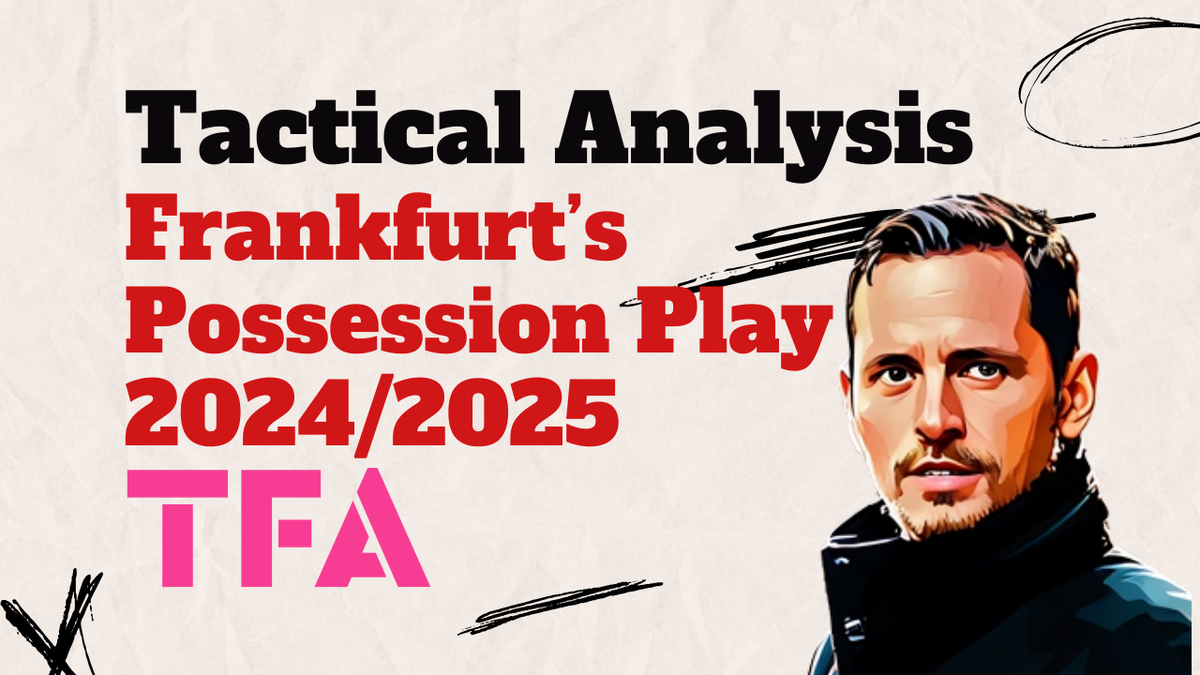Understanding how odds work is fundamental knowledge if you’re keen on betting for profits.
You want to be able to read the odds to avoid random betting.
Look no further, as we have the ultimate guide on decoding all types of sport betting odds.
Defining sports betting odds
Betting odds operate in two ways.
First, they express how much you would win should your selection be proper.
Second, they represent the probability that your selection will happen, as calculated by a sportsbook.
Odds are also called the price of a selection.
So, we can say ‘Barcelona is priced 1/4 to win.’
As a rule of thumb, smaller odds are considered safe, while longer odds are considered risky.
While this basic rule doesn’t paint the picture entirely, it’s a good place to start.
Reading the odds
Why being able to read the odds is a necessary asset?
An analysis of the UK gambling market reveals that most sports bettors gamble at least once a week, most likely on Premier League Sunday matches.
We can’t help but wonder: how many bettors really know what they’re doing? People usually bet with their hearts, not with their minds, and that’s when surprises can happen.
On the other hand, a more in-depth understanding of the odds will reflect positively on your picks.
We’ll focus on the most popular formats, fractional and decimal odds.
Fractional Odds
Fractional odds are displayed as fractions.
Depending on whether they price favourites or underdogs, fractional odds look a bit differently.
Suppose you’re about to bet on a football match of Barcelona taking on Benfica at home.
- 13/20 are the odds for Barcelona to win
- 16/5 is the price for a draw
- 4/1 are Benfica’s odds to win
Implied Probability
To make up your mind about this match, you need to decode the probability of each selection.
You can achieve this through the following formula: for A/B fractional odds, the probability is calculated as B/(A+B).
So, what’s the probability that Barcelona wins, as per the bookie?
We apply the formula: 20/(20+13)= 20/33= 0.6, which translates into 60% chances.
Through the same formula, applied for the other 2 possible scenarios, we get:
- Draw: 23% chance
- Benfica to win: 20% chance
Potential Payout
To find out your potential payout for a particular selection, we consider fractional odds as A/B.
For every B you stake, you win A, and you also get your stake back.
- Barcelona to win: 13/20. For a £20 bet, you win £13.
- Draw: 16/5. For a £5 bet, you win £16.
- Benfica to win: 4/1. For a £1 bet, you win £4.
Decimal Odds
Decimal odds are trickier when it comes to probabilities, but they’re the easiest to understand in terms of payout calculation.
All you have to do is multiply the odds with your stake.
So, a quick example.
Suppose Barcelona is priced at 1.68 odds to win, and you bet on them.
If they win, you multiply your stake by 1.68.
With a £100 bet, you earn £68 and your stake back.
Implied Probability For Decimal Odds
Let’s explore our Barcelona example again, this time with decimal odds provided by a different bookie.
- Barcelona to win: 1.68
- Draw: 4.1
- Benfica to win: 5.25
Again, we need to apply a formula.
Say a number A represents decimal odds.
The implied probability is (1/A)x 100.
So, replacing A with the odds and making the calculations, we get:
- Barcelona to win: 59.5%
- Draw: 24.3%
- Benfica to win: 19%
What’s the vigorish?
Something doesn’t add up.
Even though the examples are taken from 2 different bookies, you get more than 100% for both if you add up the probabilities.
Could they both be wrong with their odds?
No, it’s all on purpose.
What’s over 100% represents the vigorish, also known as ‘juice’.
It is defined as the amount charged by a bookie from losing bets.
In the fractional example, adding up the probabilities, we obtain 103%.
Conversely, in the decimal example, we get 102.8%.
The additional 3% and 2.8%, respectively, represent the amount won by each bookie in case your wager is lost.
How To Remove The Vig & Find Actual Probabilities
You need to apply yet another formula to remove the vig, but it can be helpful.
The bookie may charge a more significant amount on a particular match, so the odds will not necessarily reflect reality.
To remove the vig, and find the actual probability of an outcome, apply the following formula.
Actual probability of A = Implied probability of A/The sum of all implied probabilities.
Let’s remove the vig for our decimal example.
Barcelona to win: 59.5/102.8 = 0.578, which gets us to an actual probability of 57.8%.
How Is This Useful?
So, the bookie has ‘pumped up’ Barcelona’s likelihood to win by 2.3%.
It may not seem much but think about it.
With close to 6% of all Brits having placed a sports wager in the last four weeks, one may speculate that a Champions League match would attract at least a third of them.
That would be 1+ million wagers on this event, with most betting on the favourite to win.
Moreover, the bookie would win the most from this match if Barcelona didn’t win.
So, they would rather have people betting on Barcelona by displaying shorter odds for the home team winning.
The bookie takes a share of bets against Barcelona (on a draw or Benfica winning) but earns a lot less.
So, one must wonder if Barcelona is really the favourite in this match.
Why Odds Differ Across Sportsbooks
As our examples have shown, different bookies post different odds for the same match.
While the differences are not noticeable, they certainly exist.
The reason why bookies have different odds is that they charge a different vigorish amount on losing bets.
If you calculate implied probabilities and find out the bookie’s cut, you can choose the bookie with the lowest vig.
This translates into better payouts in the long run.
Live Betting Is Different
A final word regarding live betting odds: they shift according to what happens in the match.
So, what now may seem like safe odds might turn into a risky wager a moment after.
For example, you would get extremely low odds for 2 more goals if a football match is approaching the final whistle.
Naturally, you would think such a bet would be 100% safe.
What if right after you place your bet, a goal is scored?
Your selection would be priced a lot higher now.
What before was 1.1 might turn into 2.0.
So, especially with live betting, no odds, no matter how small, are 100% safe.
When you bet on a running match, forget the classic rule that affirms shorter odds to be the safest.
You need to watch the game and decide your bets based on the actual events.
Wrap-up
We have provided a thorough analysis of the most widely used odds systems: fractional and decimal.
Now you’re ready to decode the probabilities behind the odds and compare your bookies based on the vig they charge on losing bets.
We’ve also hinted at a strategy to find value bets based on vig calculation.
We won’t say it’s infallible, but we’re positive that it works frequently enough to be profitable.
Use this information to your advantage and make smarter bets from now on!





Comments